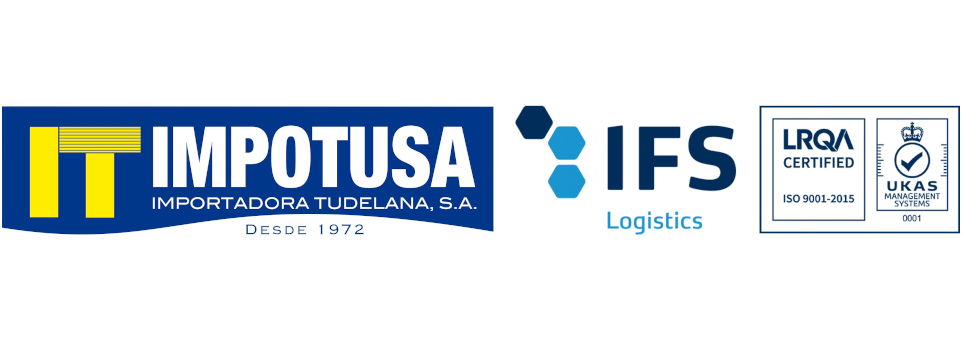- News
- 5946 views
A protective helmet is an individual safety element that is placed on the head with the fundamental objective of protecting it against collisions or impacts of objects or materials in the workplace.
A good helmet must be able to distribute the force of the blow received so that the pressure exerted does not fall on the same part of the skull. It is also important that the shape of the helmet allows for the deflection of projectiles that fall on it and reduces the energy of the impact , avoiding injuries to the head and neck of workers.
Today we review the importance of using a protective helmet at work and when its use is mandatory.
Why is it important to wear a protective helmet at work?
Protection cases are generally used in the workplace. There are different types of protective helmets depending on the tasks and risks they entail for the operator. Furthermore, it is very common for the use of the case to be regulated by different regulations which are, in the end, what will make its use mandatory or not.
Although they were originally made of high-density polyethylene, a type of plastic that is easy to recycle, this is no longer the case. Now, most helmets are made of acrylonitrile butadiene styrene and have inner pads and straps made of polyester and buckles made of polyamide or polyoxymethylene.
Although the manufacturing materials of the protective helmet have changed, its importance has not. In fact, it is becoming more and more important and its typologies are becoming more and better.
When to use the protective helmet?
The protective helmet is much more than a part of a worker's work uniform. Although it may sound exaggerated, in situations it can be the turning point between staying alive or immediate death.
Next, we will talk about a series of circumstances in which the importance of using a protective helmet becomes essential as a rescue method:
Impact in free fall
These types of problems are related to people whose workday involves moments of working at heights . We can see it, for example, in the case of construction workers or glaziers. A fall from a considerable height can cause wounds and fractures, serious injuries to the head or internal organs, and in the worst case, death. The helmet is not a miraculous element, but it does increase the chances of survival and reduce the previous consequences.
Projections of objects at speed
The projection of various objects or materials is more than common in many sectors, especially in the industrial field. It is common for projections of metal debris or particles to occur from the cutting of a piece, from the piece being cut, from part of the machine or from sparks, among other things. Given this, the use of a helmet is a great ally to alleviate the effects of these projections .
electric shocks
More and more helmets are being made with electrically insulating materials. This is because there are several spaces in which work is done in low-voltage environments. The helmet prevents the passage of an electric current in the event of contact with a voltage zone or a place close to it. Thanks to the use of the helmet we can reduce the effects of the discharge and even repel it almost completely.
Drilling
As we can imagine, when a perforation occurs in the head the result can be fatal or serious injuries and extensive bleeding. The use of a helmet is essential to avoid perforations commonly caused when handling some machines or when items fall on the head. The materials and density of the helmet offer just the right resistance to prevent them from piercing the helmet, causing physical damage to people .
Burns
Although they are somewhat less common, there are situations in which one must live with fire. We can see it in the case of firefighters or personnel who work in large industrial furnaces. In these circumstances, a protective helmet is essential to reduce the risk of serious burns .
Maintenance and conservation of labor protection helmets
For the protective helmet to perform its functions properly, it is essential to take good care of it. We must avoid exposing the helmet to extreme temperatures , as it could deteriorate and lose effectiveness. There are helmets like those of firefighters that resist high temperatures, but in general we should avoid them.
Exposure of the helmet to certain chemical substances can produce modifications or changes in its materials, leading to a decrease in its protective capabilities.
In cases where materials such as plaster, paint or cement adhere to the helmet, we must remove them by using appropriate mechanical means or a solvent compatible with the helmet material. Cleaning and disinfection is essential for its proper functioning.
In addition, it is very important to understand that the helmet should be thrown away if it cracks or breaks and even if it has been the target of a strong blow , regardless of whether it is broken or not.
The helmet is a vitally important protective element in many work scenarios and environments. However, it often happens that the helmet alone is not enough and other elements such as earmuffs, protective glasses or protective screens must be attached to it.
At Impotusa we have protective helmets and other protective elements to complement them. Contact us , we will help you.












